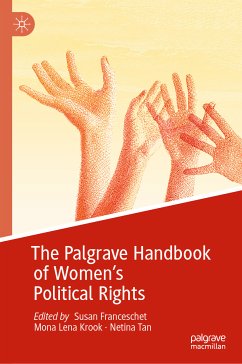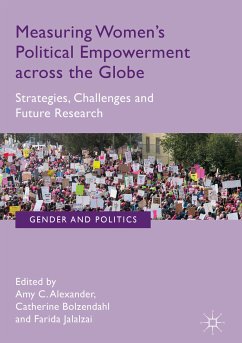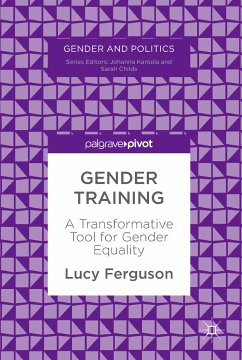
The Palgrave Handbook of Women's Political Rights (eBook, PDF)
Versandkostenfrei!
Sofort per Download lieferbar
296,95 €
inkl. MwSt.
Weitere Ausgaben:

PAYBACK Punkte
148 °P sammeln!
Provides an exhaustive and interdisplinary account of women's right to vote and run for political office
Uses case studies from all major regions of the world and across history
Written by leading experts in the fields of gender and politics, sociology, feminism and women's rights
Dieser Download kann aus rechtlichen Gründen nur mit Rechnungsadresse in A, B, BG, CY, CZ, D, DK, EW, E, FIN, F, GR, HR, H, IRL, I, LT, L, LR, M, NL, PL, P, R, S, SLO, SK ausgeliefert werden.
Alle Preise in Euro und inkl. der gesetzl. MwSt. | Innerhalb Deutschlands liefern wir preisgebundene Bücher versandkostenfrei. Weitere Informationen: bitte hier klicken
Support
Bitte wähle dein Anliegen aus:
Rechnungen
Bestellstatus
Retourenschein
Storno












